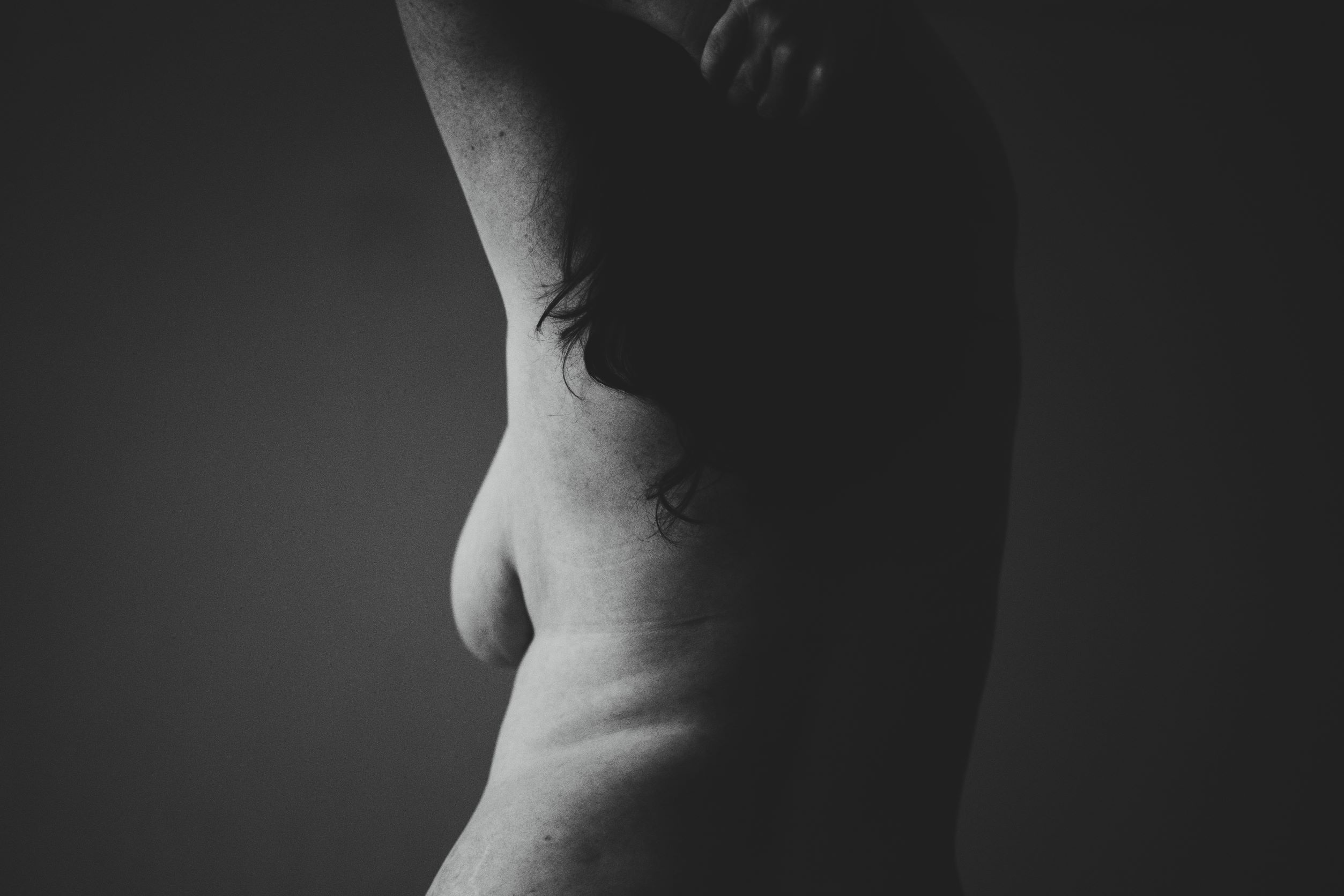
When it comes to loving our bodies, there are plenty of us who would describe our relationship status as ‘it’s complicated’. It’s not always the easiest to feel positive about ourselves or to recognise when we need to take care of ourselves.
It can be really disheartening when you are having a bad day which can make you feel negative about yourself. While the body positivity movement may have started with the best of intentions, it can be an extra pressure to always feel body confident. This might be even more difficult on days when you may be experiencing pain or discomfort.
There has been a shift to a more neutral form of acceptance – body neutrality. It helps to remove the pressure of constant acceptance which can feel unrealistic. Allowing us to accept ourselves the way we are. It can be a healthier approach as it encourages a more natural acceptance and, respect for what our bodies like more rest or giving in to that extra treat.
What does Body Neutrality mean to me?
Emily Rose Yates, Head of Accessibility, and Inclusive Design, Mima and Ade Adepitan, explains what body neutrality means to her and says that self-care can look different for each of us.
“It’s accepting that your body is a vessel, ultimately getting you from A to B. It helps you to complete your daily activities, but the vessel needs to be respected, cared for, and looked after. It doesn’t have to make you feel a certain way,” Emily said. “You don’t have to love yourself and the way you look, move or how your body works but you don’t have to feel negative or disgusted about it. You need to appreciate that it is there and part of your identity.”
Importance of practicing self-care
While body neutrality acceptance may sound easy, the practice can be a different story. It is essentially practicing good self-care where you listen to what your body needs. Accepting it by resting, taking time out or even staying home. Instead of going out to an event or meeting friends when you are
“It can be different for people depending on interests, abilities and backgrounds. For me, the difficult thing has been the need for rest and to understand that it can be productive – and that I don’t have to feel guilty about it,” Emily explained.
“It’s been a really important point of not feeling one way or another about my body but respecting its needs which is a huge part of self-care. Another element for me is having a creative outlet and learning when I need to do something other than sitting in front of my laptop.”
Fear of missing out – or FOMO – can make practicing self-care extra difficult. A glance at our phones when we are resting can remind us of all the fun we could be having. Friends, families, and carers can play a part in how we care for ourselves.
“As I’ve gotten older, I’ve learned that plans with people can change and that they can be flexible. You are not letting someone down or being awful by cancelling. Setting those boundaries, expectations and, acceptance with yourself but also having people around you who understand that” Emily said. “So that you are not having to constantly make up excuses because people understand the situation.”
Pushing ourselves to overwork, overproduce or be sociable when we don’t feel like it can have a negative effect on our physical health in the long term as it can lead to burnout. It can affect anxiety, exhaustion, and depression too. As can feeling a constant pressure to accept the way we look or fit a particular aesthetic.
“If we worry too much about the way our bodies look aesthetically and how that makes us feel then that can make us feel a certain way emotionally. On a minor scale, it can lead to unhappiness and wasted time when looking in a mirror,” Emily said. “On a major scale, it can lead to damage to the body, the mind and all these different things. The body is there to enable you to fulfil your potential as a person.”
Inclusion of disabled people in any movements
As with any movement, inclusivity is vital. However, concerns are still raised around inclusiveness of the body-positive movements. Especially when it comes to disabled bodies. Emily highlighted that there needs to be more visibility for all bodies including disabled people. “Disabled bodies need to be shown more, no matter what movement you are talking about. Representation of Deaf or disabled people, in general, is better than when I was growing up.”
“It’s’ definitely getting a lot better, but I think there is a long way to go.”
